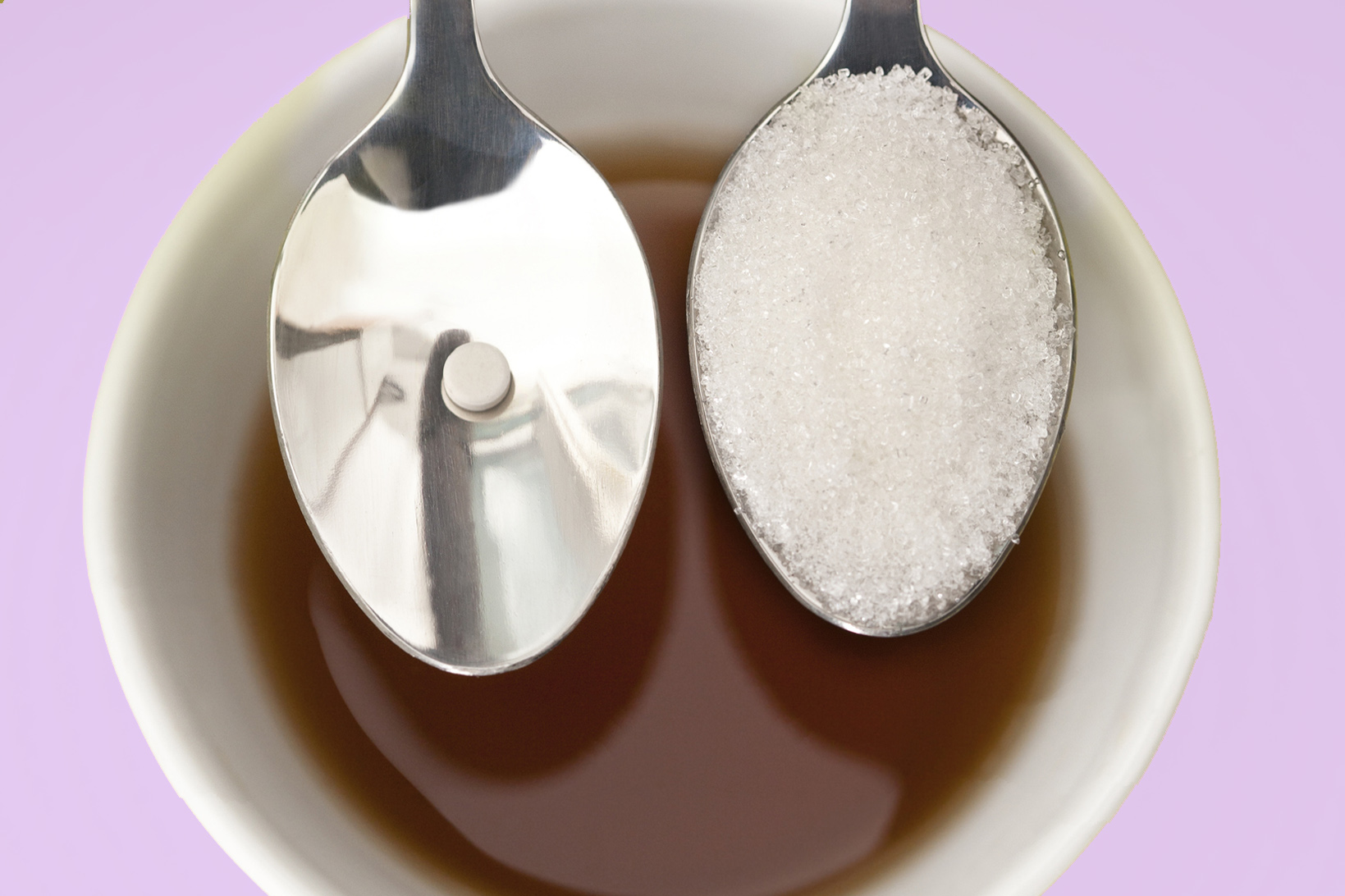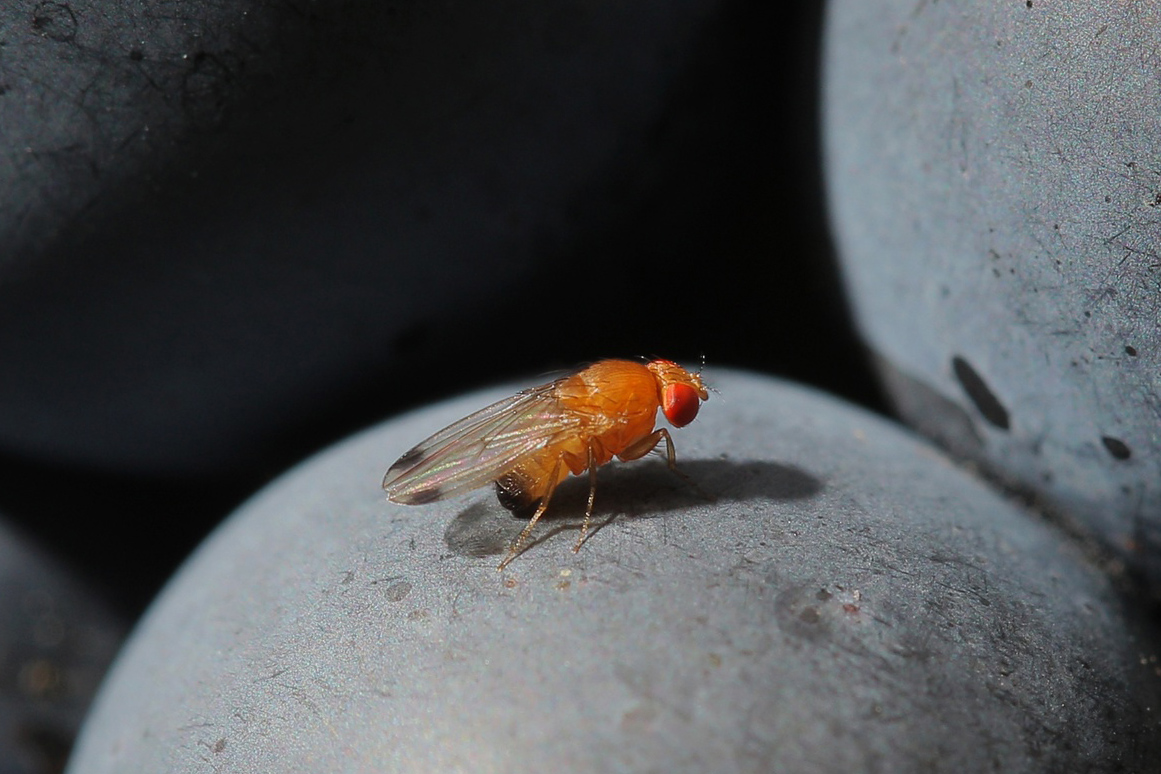Toxic cocoa beans: how much cadmium is in your chocolate?

Watered-down global international norms means cadmium exposure from chocolate depends on where you live. Ongoing lawsuits might change that.
Few people besides those in the food industry would have heard of the Codex Alimentarius. It is a set of international guidelines aimed at harmonising food safety regulations around the globe. Representatives from all countries discuss and thrash out the maximum levels of a toxic substance in food products sold everywhere. One such substance is cadmium, a heavy metal that is toxic in the long term to kidneys and is a known carcinogen.
This article is part of our dedicated coverage of developments in the food industry from a consumer’s point of view. Despite its small size, Switzerland occupies a substantial place in the global food basket. It is home to food and agriculture giants like Nestlé and Syngenta, as well a major players in chocolate and dairy. The country is also positioning itself as a food tech hub with many startups and a dedicated incubator in the form of the Swiss Food and Nutrition Valley. The Alpine nation is also the European hub for many commodity firms dealing with food products like soy, cocoa, coffee and palm oil.
And chocolate is one of the rare foodstuffs that can naturally have higher levels of cadmium. This is because the soil in parts of Latin America is known to contain relatively high amounts of the toxic heavy metal which ends up in cocoa beans. Switzerland sources 20% of its cocoa beans from the region.
In 2014, the Codex Committee on Contaminants in Food (CCCF) agreed to initiate discussion on the maximum levels for cadmium in chocolate and cocoa-derived products. Eight years and several rounds of negotiations later, the maximum levels were set for different cocoa-derived products in 2022 but not without reservations.
Latin American countries, that have high cadmium levels in their soils, were in favour of more lenient thresholds to protect the cocoa bean exports of their farmers. Switzerland and the European Union, on the other hand, argued for more stringent levels as their citizens consume far more chocolate products. In the end, the less strict option won the day.
“While Codex Standards being recommendations for voluntary application by members, they serve in many countries as a basis for national legislation. However, this is not the case in Switzerland, where stricter maximum levels for cadmium in chocolate apply like in the EU and Norway,” a representative of the Federal Food Safety and Veterinary Office told SWI swissinfo.ch by email.
Thus, chocolate lovers in the EU, Switzerland and Norway are relatively safe thanks to stricter rules that came into effect in 2019.
The rest of the world less so. They have the Codex standards as a reference, but its application remains voluntary. Only a few places outside Europe – Australia, New Zealand, Russia and Mercosur region – have some kind of official limit on the maximum cadmium levels in chocolate products but they are all laxer than EU rules.
Swiss chocolate flagged
Last December, Consumer Reports tested 28 chocolate barsExternal link sold in California (the only American state that has fixed maximum allowable dose levels for cadmium at 4.1 micrograms per day). Swiss chocolate manufacturer Lindt & Sprüngli’s offering (the Lindt Excellence Dark Chocolate 70% Cocoa) was among 13 chocolates flagged for containing higher than acceptable levels of cadmium. Despite the test results, the company denies its chocolates pose a risk to consumers.
“All of our products cited in the Consumer Reports study meet strict quality and food safety requirements and are safe to consume,” a spokesperson for Lindt & Sprüngli responded by email.
Not everyone is convinced. On January 10, a class action lawsuit was filed against the Swiss firm’s American branch in the district court of northern California alleging “reckless disregard for its consumers’ health and well-being”. The plaintiff has demanded a trial by jury. Other chocolate manufacturers – Hersheys, Mars, Godiva and Trader Joe’s – whose chocolates showed high levels of cadmium in the Consumer Reports tests are also currently facing class action lawsuits.
The legal pushback could prompt chocolate manufacturers worldwide to list concentrations of heavy metals like cadmium and lead on their labels and let consumers make an informed decision.
More

In compliance with the JTI standards
More: SWI swissinfo.ch certified by the Journalism Trust Initiative



You can find an overview of ongoing debates with our journalists here . Please join us!
If you want to start a conversation about a topic raised in this article or want to report factual errors, email us at english@swissinfo.ch.